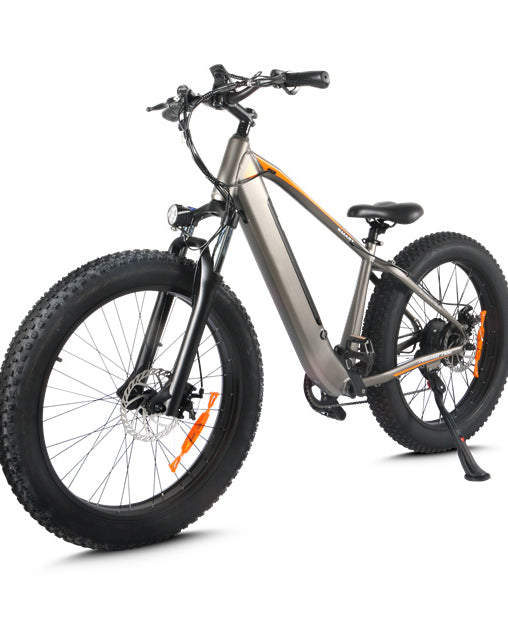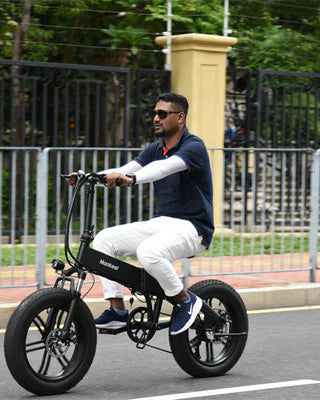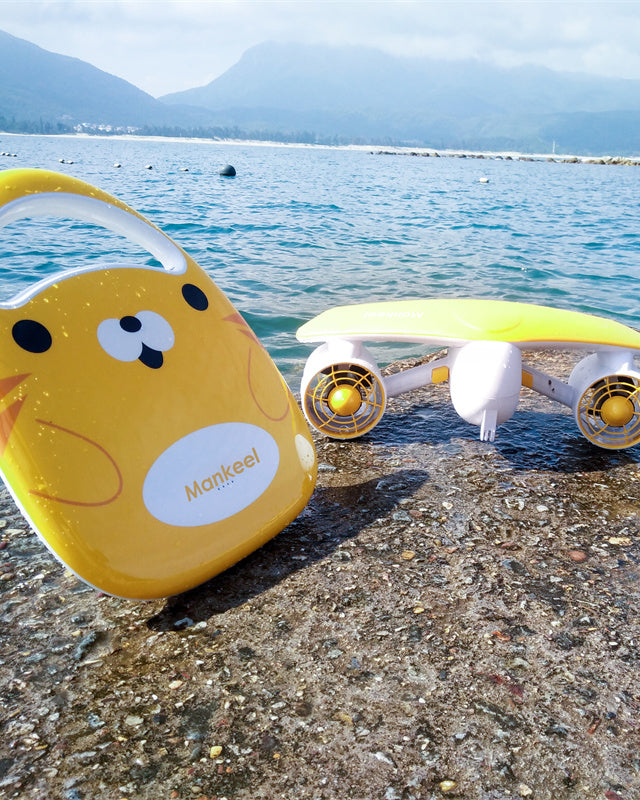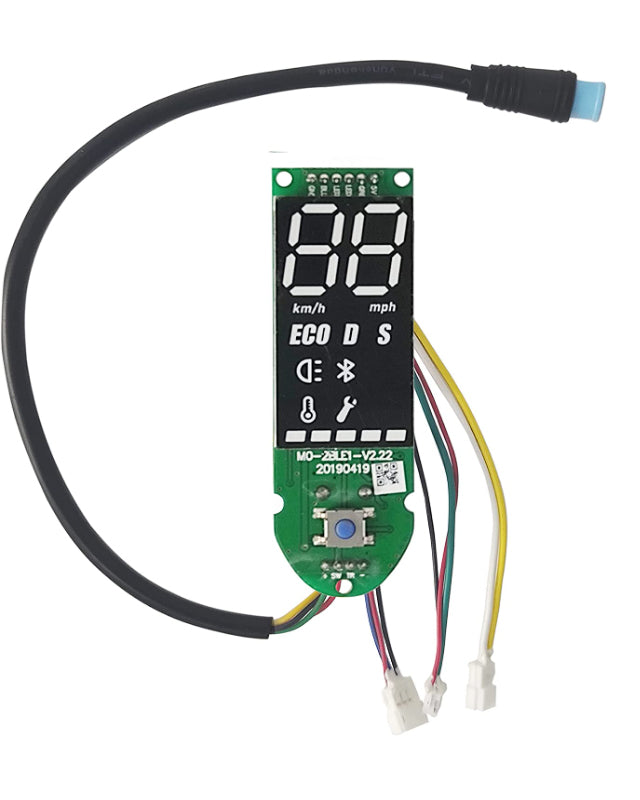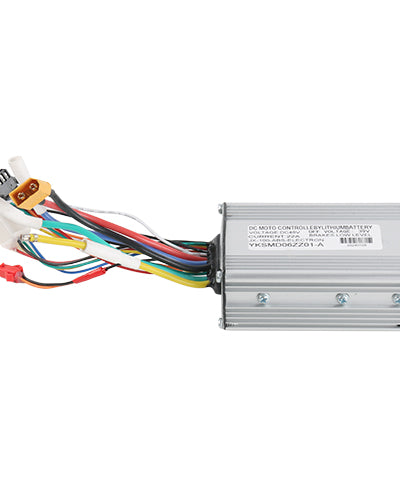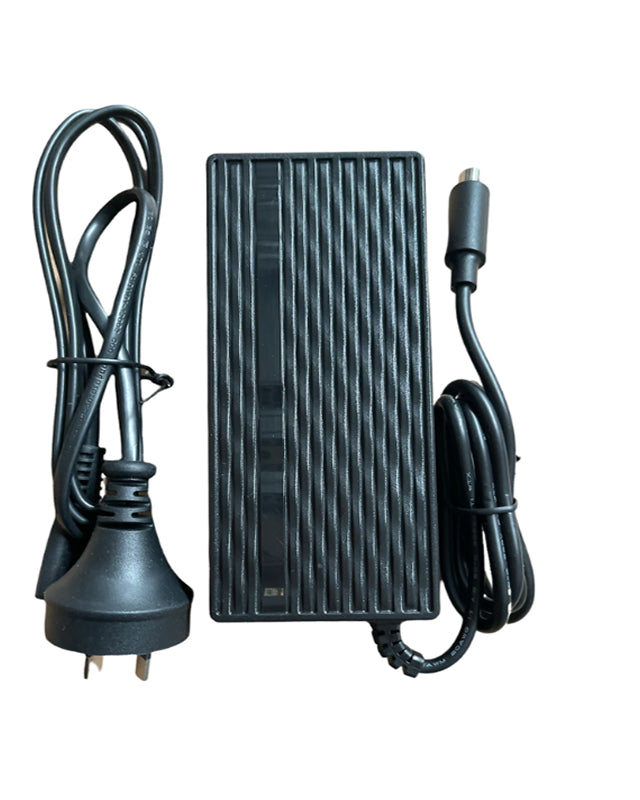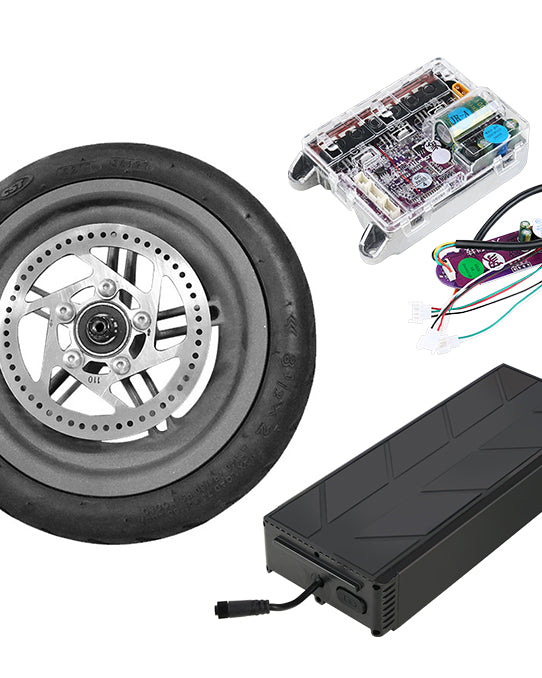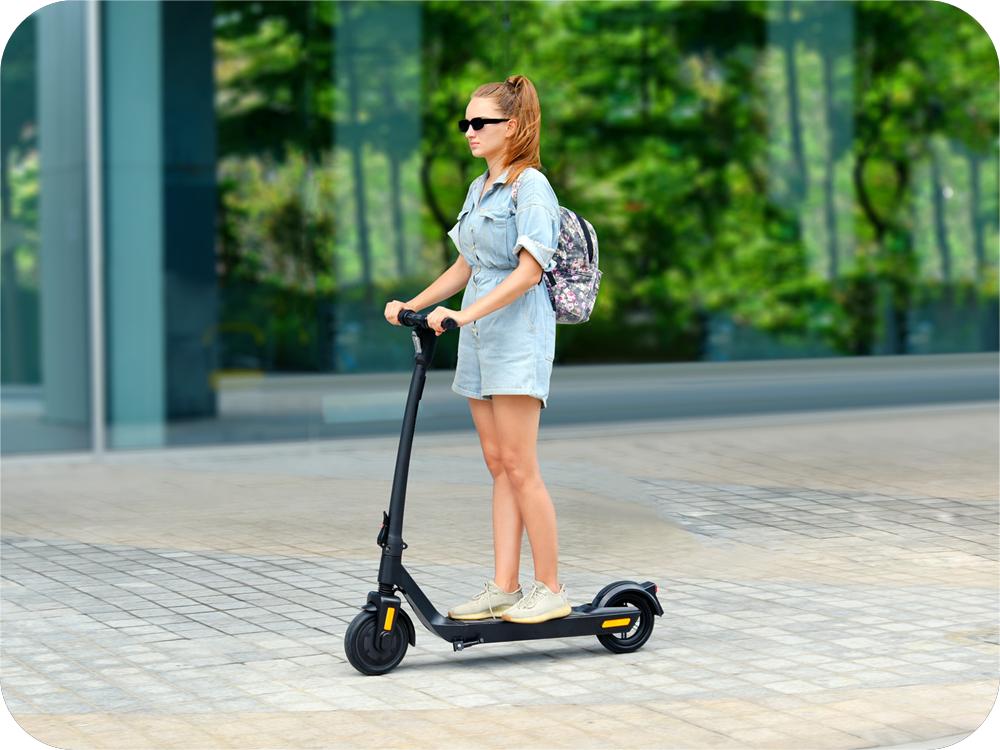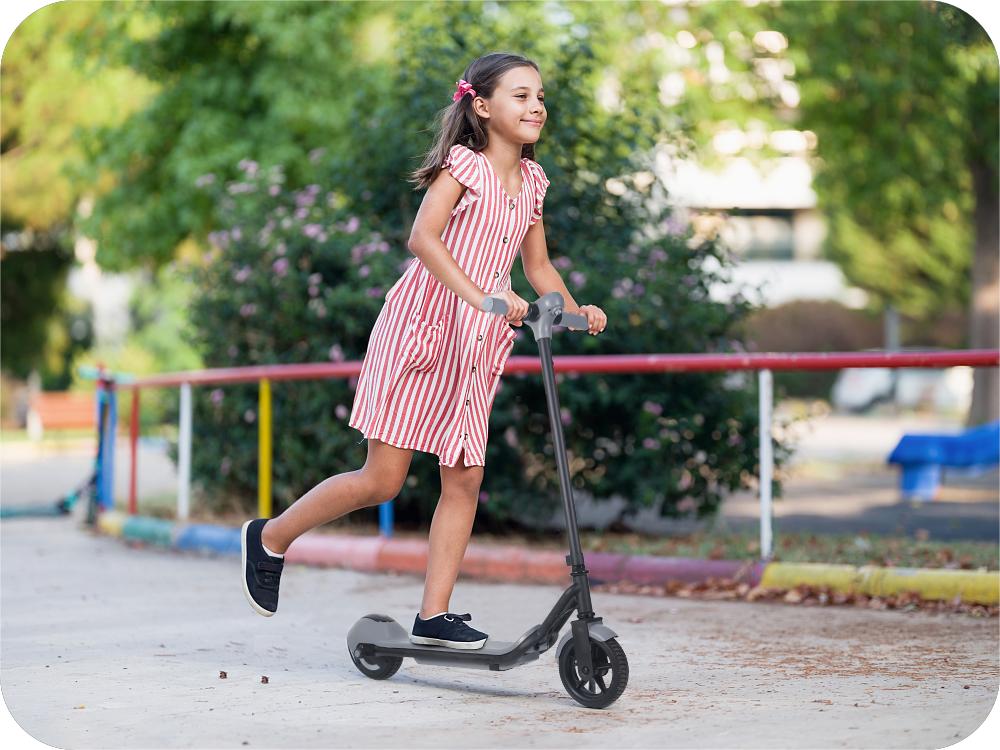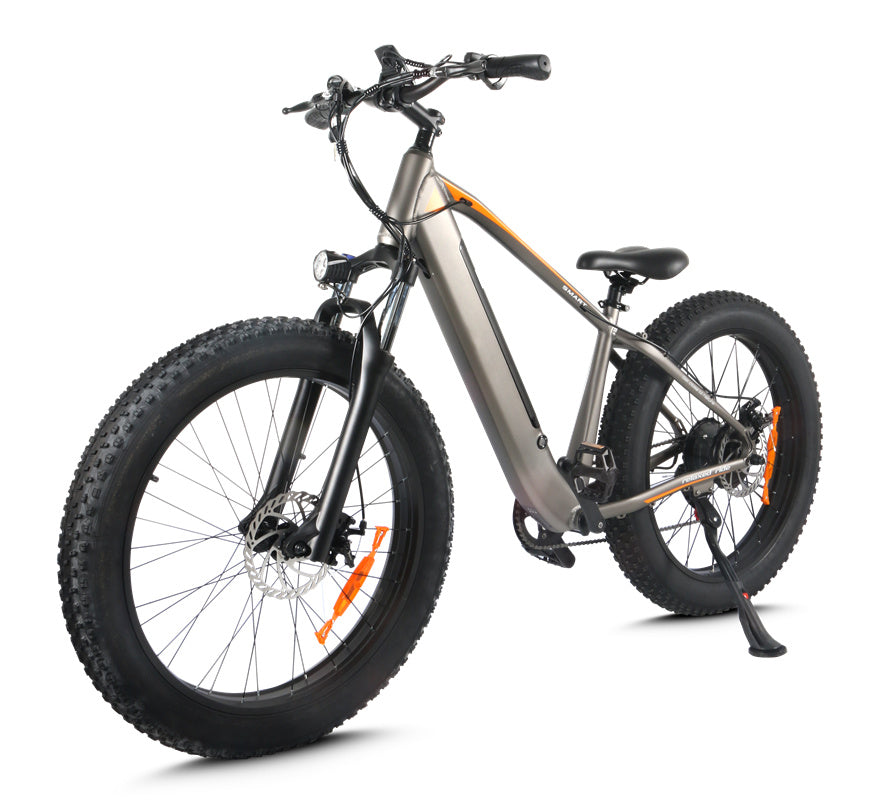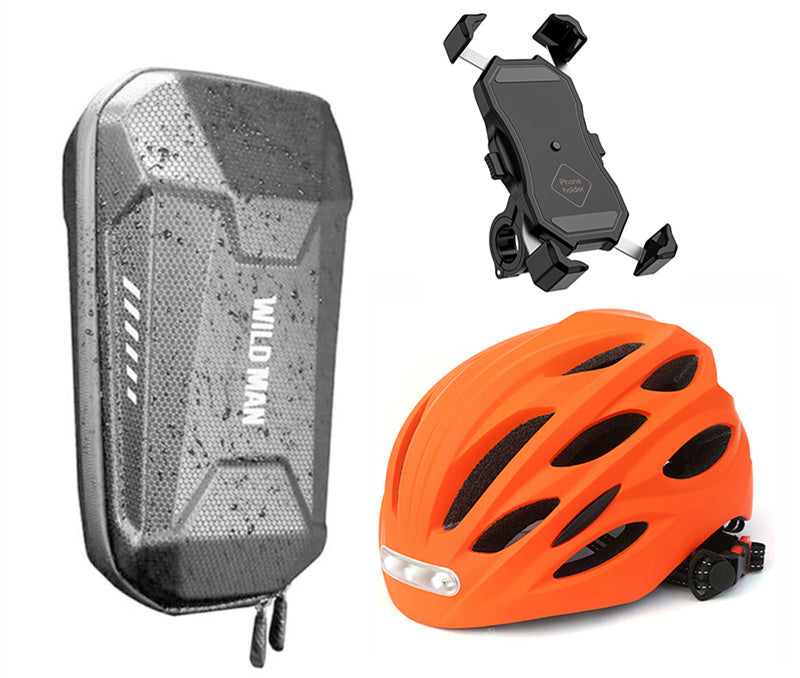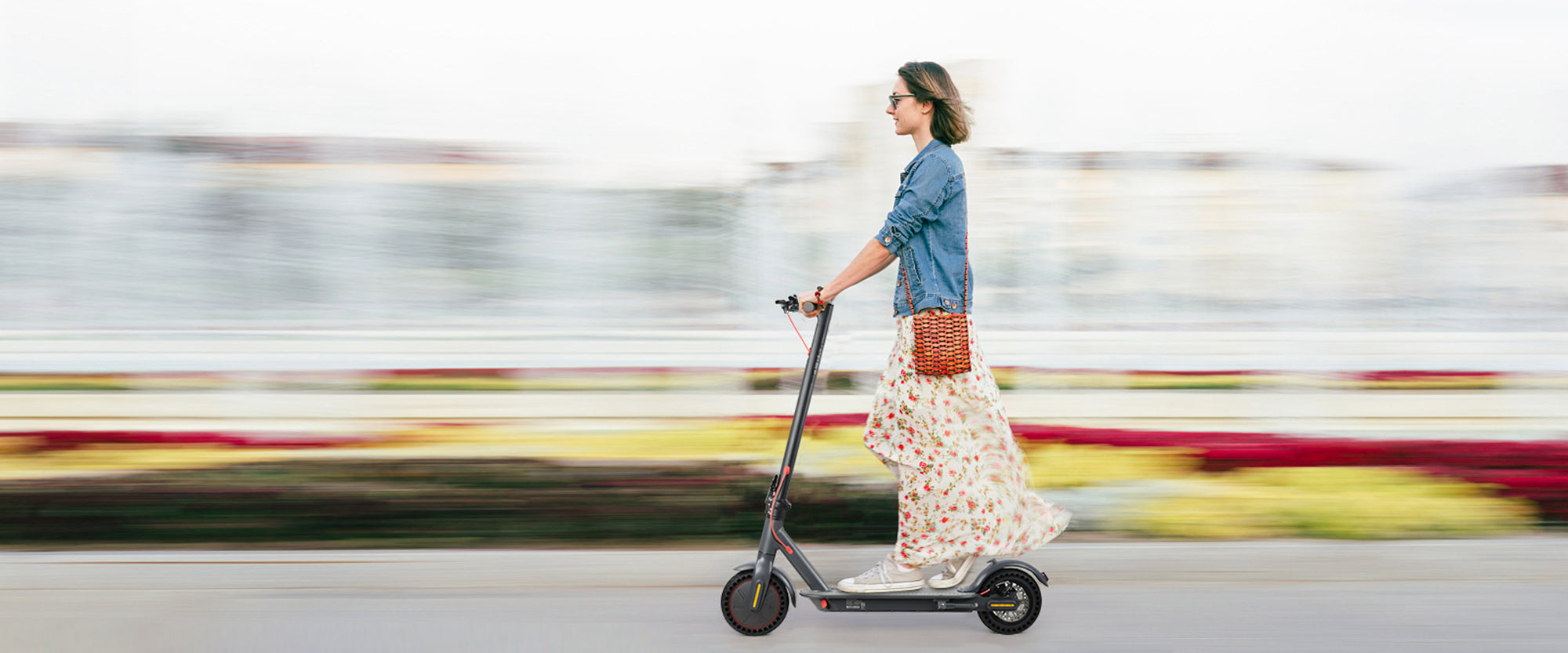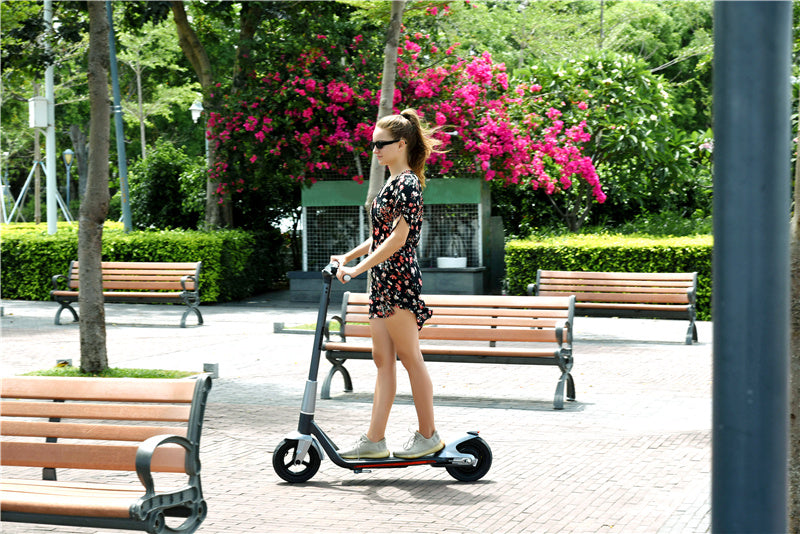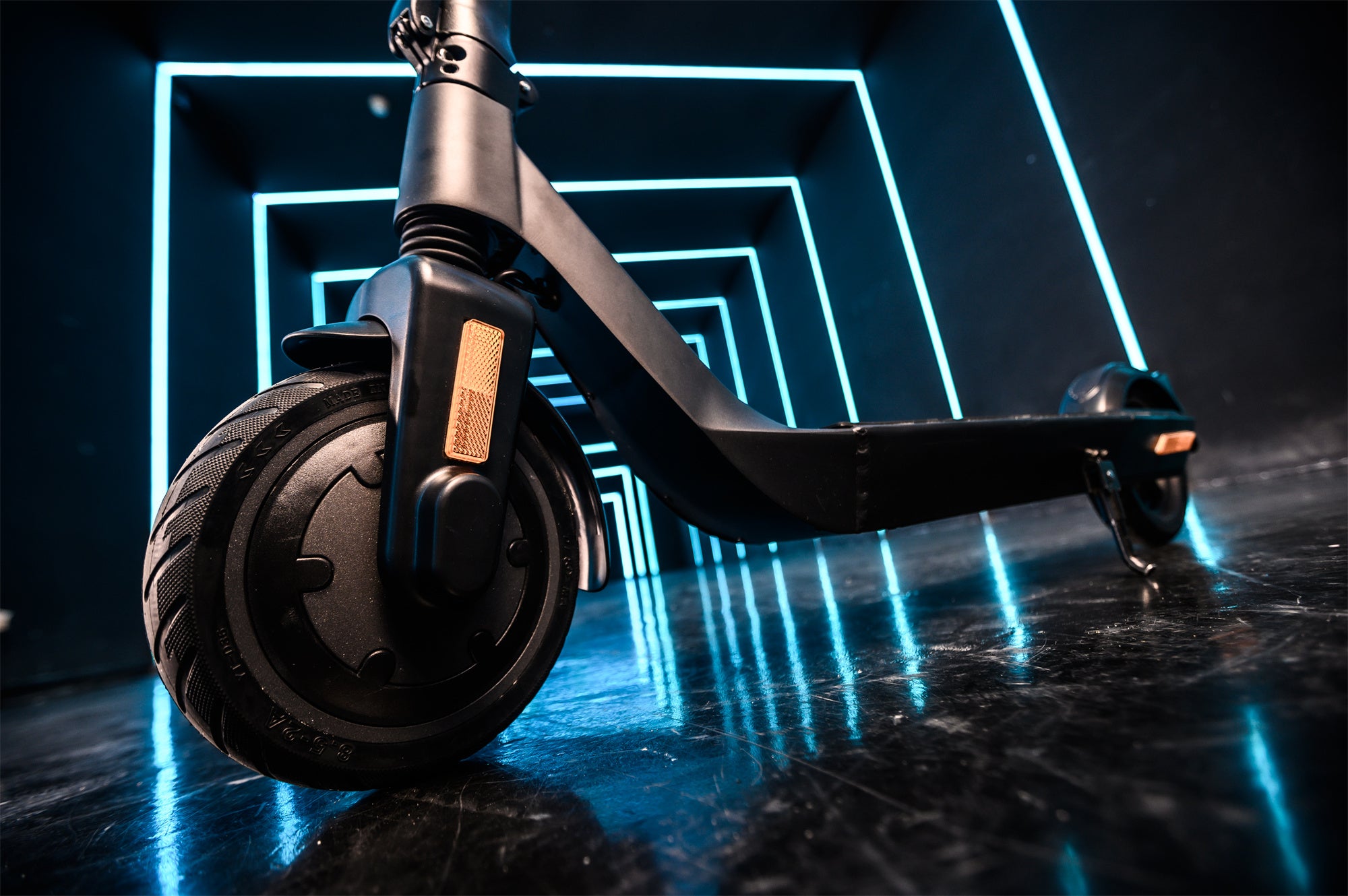Mankeel Scooter is helping people discover new ways to get around their city, and this way of getting around is becoming increasingly popular. In 2018 alone, over 5 million electric scooters were sold. This market is expected to grow to an estimated US$14 billion by 2025. With the increasing use of electric scooters, we are often asked whether our electric scooters can be taken on public transportation such as planes, trains and buses.
Since electric scooters have limitations (they cannot be driven on the highway, for example), most urban commuters rely on other modes of transport to get part of their way. In this article, we will go over the different options available to electric scooter owners who use public transport and how Mankeel has designed the perfect scooter that can be taken anywhere.
It should be noted that some transportation services not updated their policies or specifically address the use of electric scooters. This article is a general guide. It is recommended that you check with the transport authority or operator for the regulations that apply to your area.
Bring an Electric Scooter on a Train
There are several options for train service in the United States, including national routes such as Amtrak or regional and local trains. Regulations can vary depending on the rail company or company operating the train service.
Amtrak treats electric scooters the same as electric bikes. There are no restrictions on bringing a battery-powered mode of transportation on board as long as it is properly stowed.
Full-size bikes must be placed in the designated bicycle rack. Foldable electric scooters can be taken into passenger cars and treated as hand luggage. Just make sure your scooter does not block the paths or seats of other passengers.
One challenge for electric scooter owners is getting through sure doorways, automatic entrance kiosks, or revolving doors. This can be solved by simply folding your electric scooter and carrying it through. If you have problems, ask a train employee to use the handicap-accessible entrance or gate.
Light Rail, Metros, or Trams
Many of the rules that apply to passenger trains also apply to other forms of public transportation such as metros, light rail or trams. If you take your Varla scooter on these modes of transport, make sure it is folded up and out of the aisles or other seats. Unlike a real train journey, there may not be a conductor or employee to help you, so check the rules before you travel.
Electric Scooter on Public Buses
If you have a long way to work, you can use a public bus instead of driving your electric scooter the whole way. Most public transportation services do allow passengers to take their electric scooters on buses. Unlike other means of transportation, there is no special space for large bags or luggage on public buses. Generally, electric scooters must be folded up and placed on the lap or under the seat. You must not place the scooter on the seat next to you, as this should be kept clear for other passengers.
Rideshares and Taxis
In major cities, it is very common to use a taxi or a rideshare service to get around. In most cases, it is no problem to take an electric scooter in a taxi or ride-sharing service. Ask the driver where you can best park your Varla scooter. They will probably tell you to put the folded scooter in the boot of the vehicle while driving.
Taking an Electric Scooter on a Plane
The FAA (Federal Aviation Administration) allows passengers to carry batteries on planes. However, the size of the battery is limited by its watt-hour (Wh) rating. Rechargeable batteries may not exceed 100 watt-hours and must be placed in a carry-on bag. No rechargeable batteries may be checked in on flights. While this restriction applies in most cases, the FAA allows passengers to request special permission from the airline to carry larger batteries.
To calculate the Wh rating of your electric scooter, you will need the battery voltage (V) and ampere rating (Ah). For some batteries, the amperage is given in milliamps (mAh). Simply divide mAh by 1,000 to find the Ah number.
Watt-hour calculation: Voltage (V) x Amps (Ah) = Watt-hours (Wh).
For example, a Varla electric scooter with a 48V/15.6Ah battery equals 748.8 watt-hours (Wh). This exceeds the FAA’s 100 Wh limit for rechargeable batteries.
Water Taxis and Ferries
In many coastal cities, people often travel across the water by ferry or water taxi. These vehicles usually have a designated area for electric scooters and bicycles. Most ferry terminals are very strict about riding on the dock or on the boat. Pack your scooter before approaching the dock and you should have no problems.
Unfortunately, there are still cities where scooters are banned because they are a safety issue on the water. Regulations often do not distinguish between gas-powered and electric models. Check the regulations before you ride.
Get Around Your City on the Best Electric Scooter on the Market
Mankeel’s mission is to offer its customers an efficient and environmentally friendly way to get around city. Our electric scooters come in both an on-road (Silver Wings) and off-road (Pioneer) variant to suit your needs. Unlike other brands, their robust construction is perfect for heavy adults. We also offer direct prices, a 1-year warranty and free shipping. Check out our website for more information on your next new wheelset. terminals are very strict about riding on the dock or on the boat. Pack your scooter before approaching the dock and you should have no problems.
Unfortunately, there are still cities where scooters are banned because they are a safety issue on the water. Regulations often do not distinguish between gas-powered and electric models. Check the regulations before you ride.

